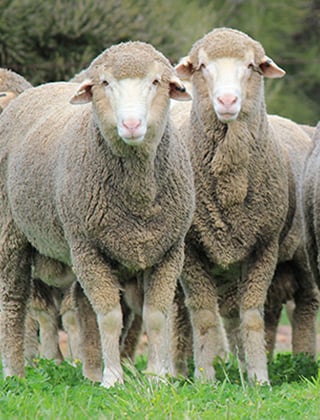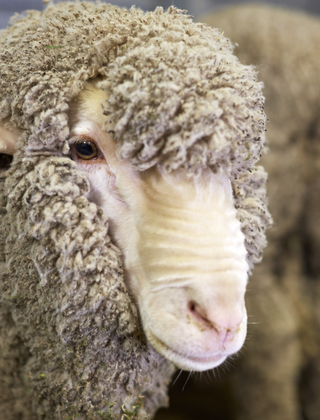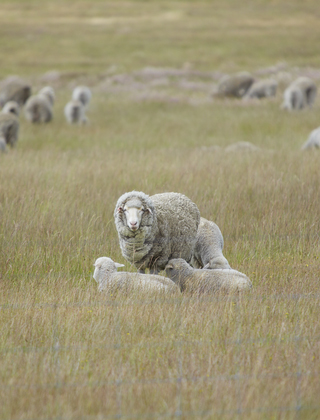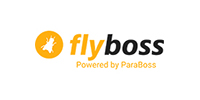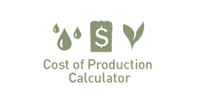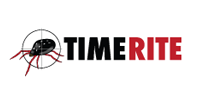Welcome to Australian Wool Innovation, a hub for the woolgrowers of Australia.
Not a woolgrower? Looking for information about wool products, wool care or wool processing?
The Woolmark Company is the global authority on wool. Visit Woolmark.com instead.
Worms
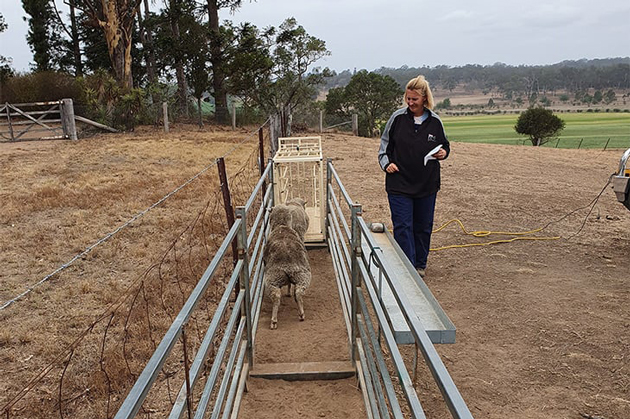
With increasing drench resistance across high rainfall regions of Australia, breeding for worm egg count resistance is an important tool to minimise the cost of worm control and maximise wool returns.
With increasing drench resistance across high rainfall regions of Australia, breeding for worm egg count resistance is an important tool to minimise the cost of worm control and maximise wool returns.
READ ABOUT WORMS IN AWI'S INDUSTRY COMMUNICATIONS
Articles That Might Interest You
Resilience and Feed Efficiency
Resilience, feed efficiency and survival (lamb and ewe) are key economic traits that we don’t yet have ASBVs for, and thus not included in indexes. AWI is seeking to build the data required and analysis to support these traits to either have ASBVs or be included in indexes through correlated traits.
Read more
Foot and Mouth Disease (FMD) facts and resources
FMD represents the greatest disease threat to Australia’s livestock industries and export markets. It has the potential for rapid and extensive spread. An outbreak would stop the export of all cloven-hoofed animals and their products, at least in the short term.
Read more
Breeding and Selection for Flystrike Resistance
Breeding for more flystrike resistant sheep plays a critical role in controlling flystrike in non-mulesed flocks as well as reducing the risk of flystrike in mulesed sheep.
Read more






